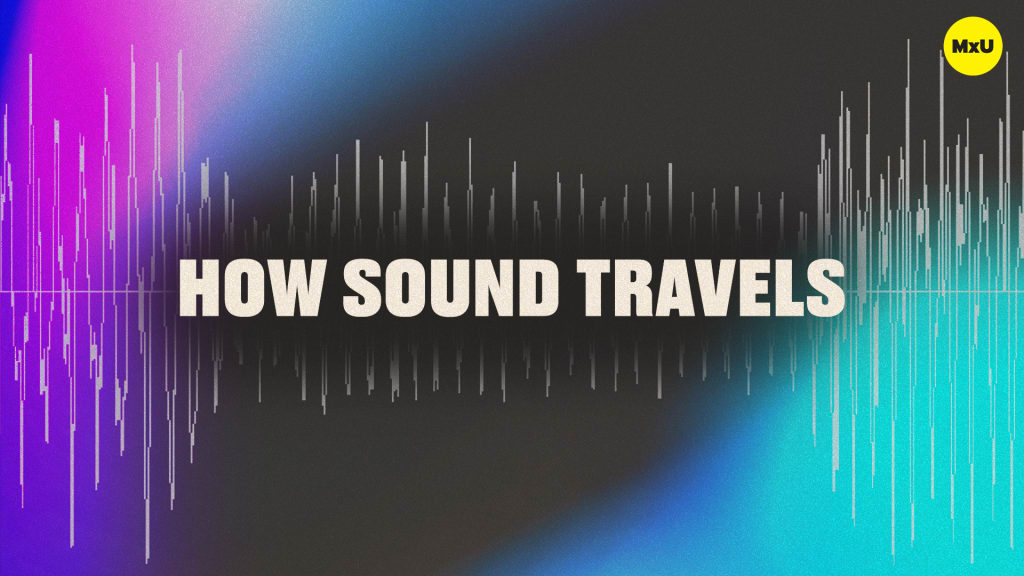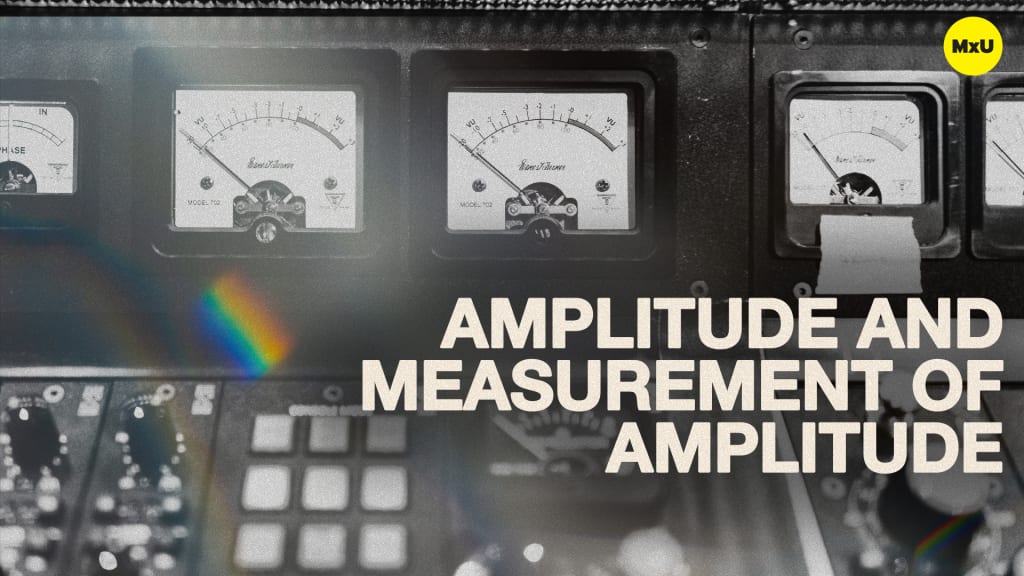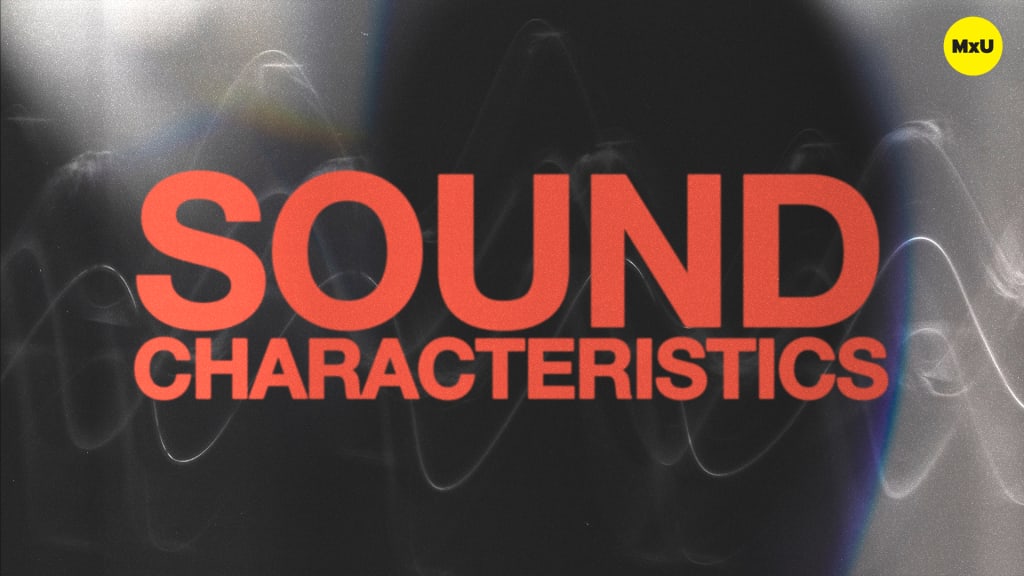Wavelength Overview
No actions available
What is wavelength and why is it important to be able to calculate it in audio production? Whether you are figuring out how to treat a room or capture a desired sound from an instrument, being able to calculate a sound’s wavelength is key.
Key Points:
Key Points:
- Wavelength is the amount of time that it takes for the sound wave to complete one cycle, one compression and one rarefaction. The wavelength is time-based and is measured against the speed of sound (1130 ft/second).
- When measuring wavelength you will hear measurements like hertz and kilohertz. For example, 100 hertz refers to 100 cycles of a sound wave per second.
- When determining the wavelength, you will use a simple equation: the speed of sound divided by the frequency equals the wavelength. (For example, if you have a 100 Hz wave, you would divide 1130 ft/second by 100 Hz to get the length of the wave. Meaning, that a 100 Hz wave (one compression and one rarefaction) is actually 11.3 ft long.)
- Wavelength can also have a huge affect on acoustics. When addressing acoustics there is a theory known as the quarter wavelength theory. If the room is problematic and you can figure out a way to absorb 1/4 of that wavelength, then you can start addressing the resonance in the room.
Pro Tip: There may be times when you want to absorb a portion of a sound wave or capture the full sound wave. Being able to determine the wavelength of the sound will be essential in accomplishing both of these goals. Did we mention that you should make 1130ft your new favorite number?
This video is part of a series we filmed back-to-back. Check out the previous video or watch the entire series in the Intro to Audio Fundamentals playlist.
This video is part of a series we filmed back-to-back. Check out the previous video or watch the entire series in the Intro to Audio Fundamentals playlist.
Courses
Categories
Audio
101
Team Videos
Premium Videos
Nothing added









